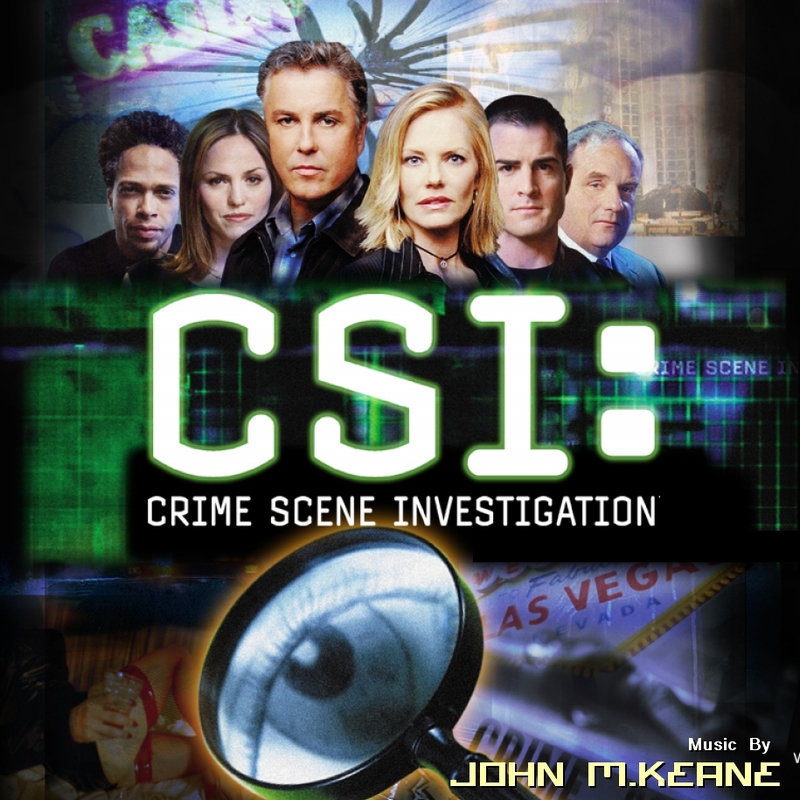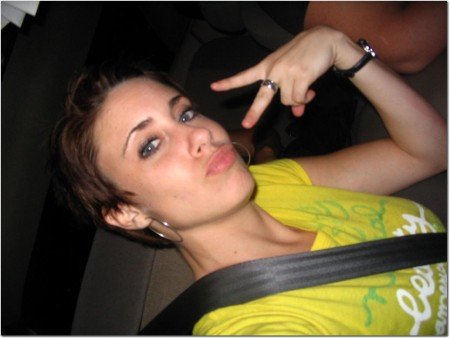
It's a little bit unsettling to think that procedural shows like CSI have made murder convictions harder to secure by prosecutors. Well, they say it's happening and it's a phenomenon known as the CSI FACTOR.
In short, people watch CSI (and its spin offs) and rather than giving them a weekly primer on forensic science, it instead gives them an unrealistic expectation of what kind of evidence can actually be produced by law enforcement.
The latest and most high profile examples of this phenomenon is the Casey Anthony trial. Her body was dumped and hidden in a wooded area and duct tape was found around the mouth of the remains. I say "remains" because the body laid undetected for six months and by the time police uncovered the remains, there was nothing left but "dry bones."
In short, people watch CSI (and its spin offs) and rather than giving them a weekly primer on forensic science, it instead gives them an unrealistic expectation of what kind of evidence can actually be produced by law enforcement.
 |
| I'm gonna need some comparative bullet-lead analysis, thanks. |
 |
| Caylee Anthony's "dry bones." |
The Medical Examiner in the case, was Dr. G, known nationally for her forensic work and her syndicated TV show on cable. She determined the cause of death was homicide, but could not rule on the actual cause of death. Common sense tells us that a body of a child, dumped and hidden in the woods with duct tape near the mouth of the remains is probably the result of foul play.

The jury, who would later find Anthony not guilty, expected a wider range of forensic evidence than was possible with "dry bones" or the circumstances in which the body was found. Dumped, hidden, duct taped. Even the lack of a 911 call from Casey Anthony to tell officials her daughter was missing says much more than the forensic evidence ever could. Still, it was not enough and the state failed to make its case.
 |
| Thanks CSI Miami! |

0 comments:
Post a Comment